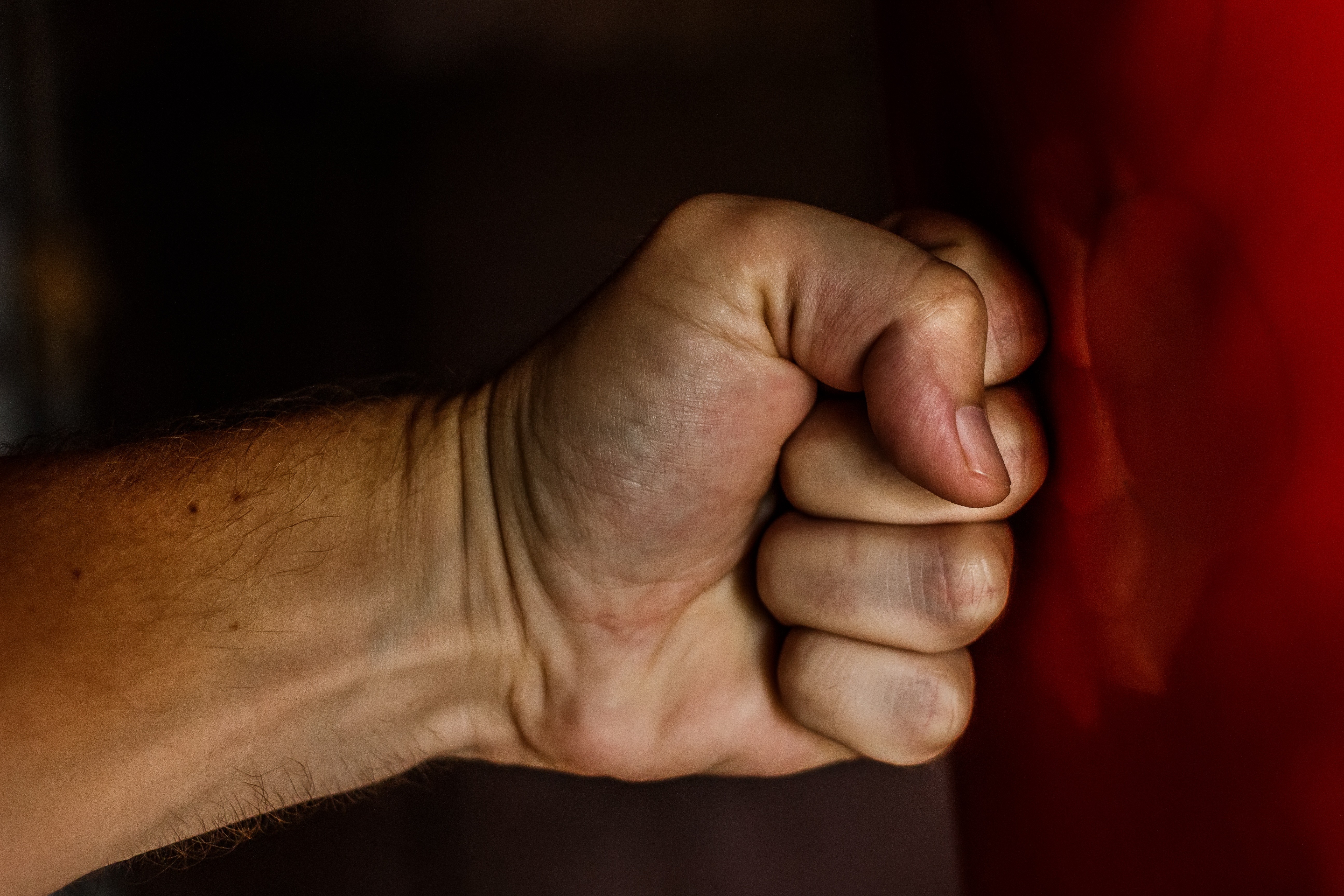- You are here:
- Home »
- Training »
- How To Punch Harder: 7 Proven and Simple Tips For You
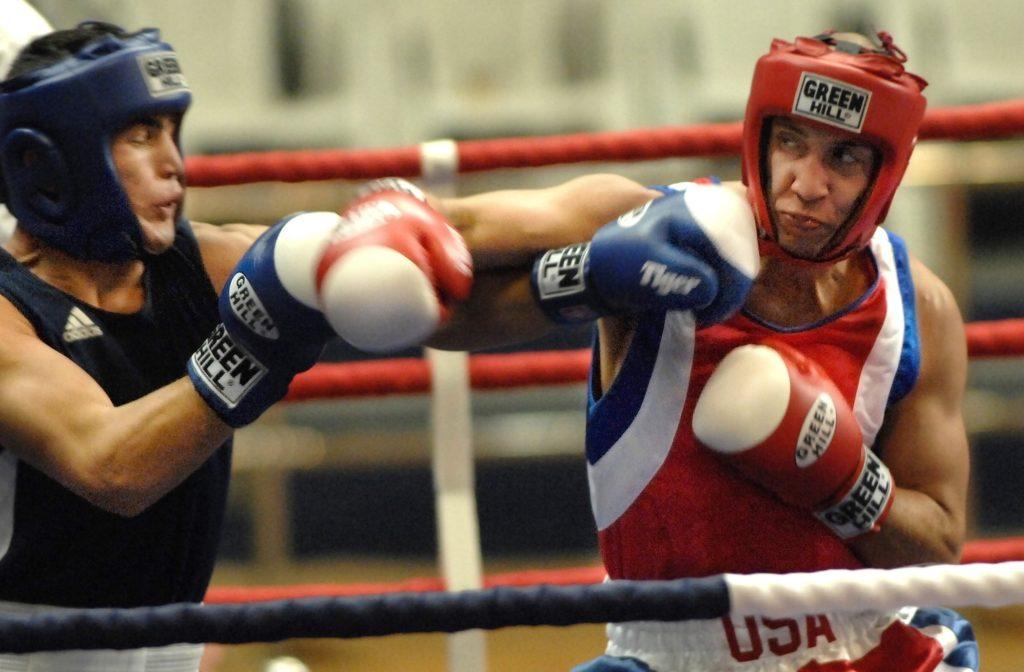
How To Punch Harder: 7 Proven and Simple Tips For You
If you’re planning a professional career in combat sports, looking to join a particular fitness class, or simply want to gain some better self-defense, it never hurts to learn how to punch harder. Just your luck, it doesn’t take much to accomplish this either.
Follow these seven simple tips we’ve gathered, and you should be on your way to developing better, more powerful punches.
Tip 1: Use Proper Form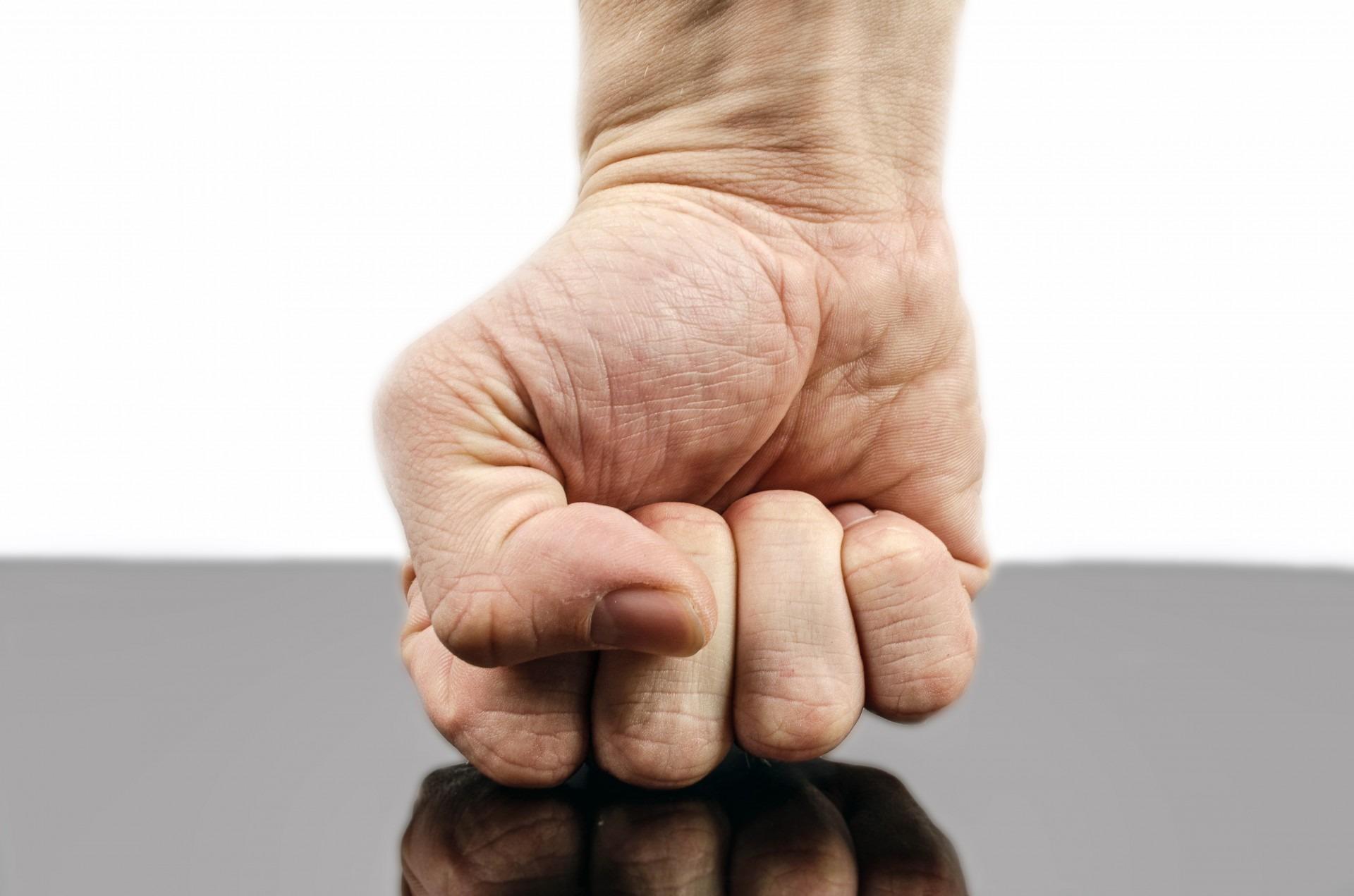
When you think of boxing techniques or martial arts techniques, something you hear frequently is to use proper punching form.
It’s an obvious tip, but one easily pushed aside, more so with beginners.
No matter your practice, proper form is a must.
A golf player perfects their stance before a swing just as a football quarterback knows the right way to throw the ball. Why should the form be any different for combat sports?
Even if you aren’t a professional, you don’t want to find yourself in a class or an unfortunate fight throwing an improper punch.
You can hurt yourself more than your opponent.
Throwing a powerful punch using the right form boils down to a few particular things:
Position of your head and hands
Before you throw a punch, you should keep your chin down and make sure your hands are always up to protect your face. Even while you’re punching, your hands should stay up.
Overall stance
As for your stance, keep your knees bent at a slight angle. This allows for greater balance and helps transfer energy. It allows aids in the contracting of your muscles.
Formation of your fist
Now for the most important part: your fist. Although there are variations when it comes to throwing a punch, one thing remains the same: keep your thumb outside your fist.
Having your thumb inside when you strike can cause you to break it. When you’re making a fist, you want your thumb to rest near the bottom of your curled fingers.
Your Knuckles
Also, pay attention to how tightly you squeeze your knuckles. A steady, easy squeeze is preferable.
Take care not to go too tight as though circulation is being cut off.
In addition, squeezing too much can cause your knuckles to spread, something that may expose the bones in your hand to damage.
Contact Area
Once you understand how to form a fist, you can focus on which part makes contact when you strike. People can mistakenly hit with the flats of their fingers or hit with another part of their hand that causes pain.
If you feel any discomfort after you punch, try using another part of your hand such as the first two knuckles.
Focus on your wrist as well by having it aligned with your forearm. By keeping your wrist straight, you can increase the force behind your hit.
Tip 2: Utilize Your Entire Body
The power behind a punch is not just in your arms. Rather, it is in various parts of your body from your core to your feet.
It is especially clear in boxing techniques that your entire body is put to good use when you throw a punch. This can be broken down easily enough:
Feet
Your feet are slightly spread and pivot toward the direction of the punch to help generate power.
Legs
As mentioned in the previous section, keep them bent to transfer that energy.
Upper Body
Keep your core tight. Rotate your hips and your torso. This serves a similar purpose to moving your feet: it helps build power.
Arms
When you rotate your hips and torso, rotate your shoulders as well. This should all be done as you swing in a fluid motion.
Take care not to overextend your arms as it can cause strain on the muscles, weakening your punches.
If you wish, watch any boxer whether in a match or in training, and you’ll get a pretty good picture of what we’re talking about.
Breathing
Remember to keep your eyes on your opponent and be aware of your breathing.
Inhale before you swing, and exhale with each punch.
This type of breathing technique may seem tough at first, but you can get used to it the more you practice.
Tip 3: Combine Speed, Mass, and Accuracy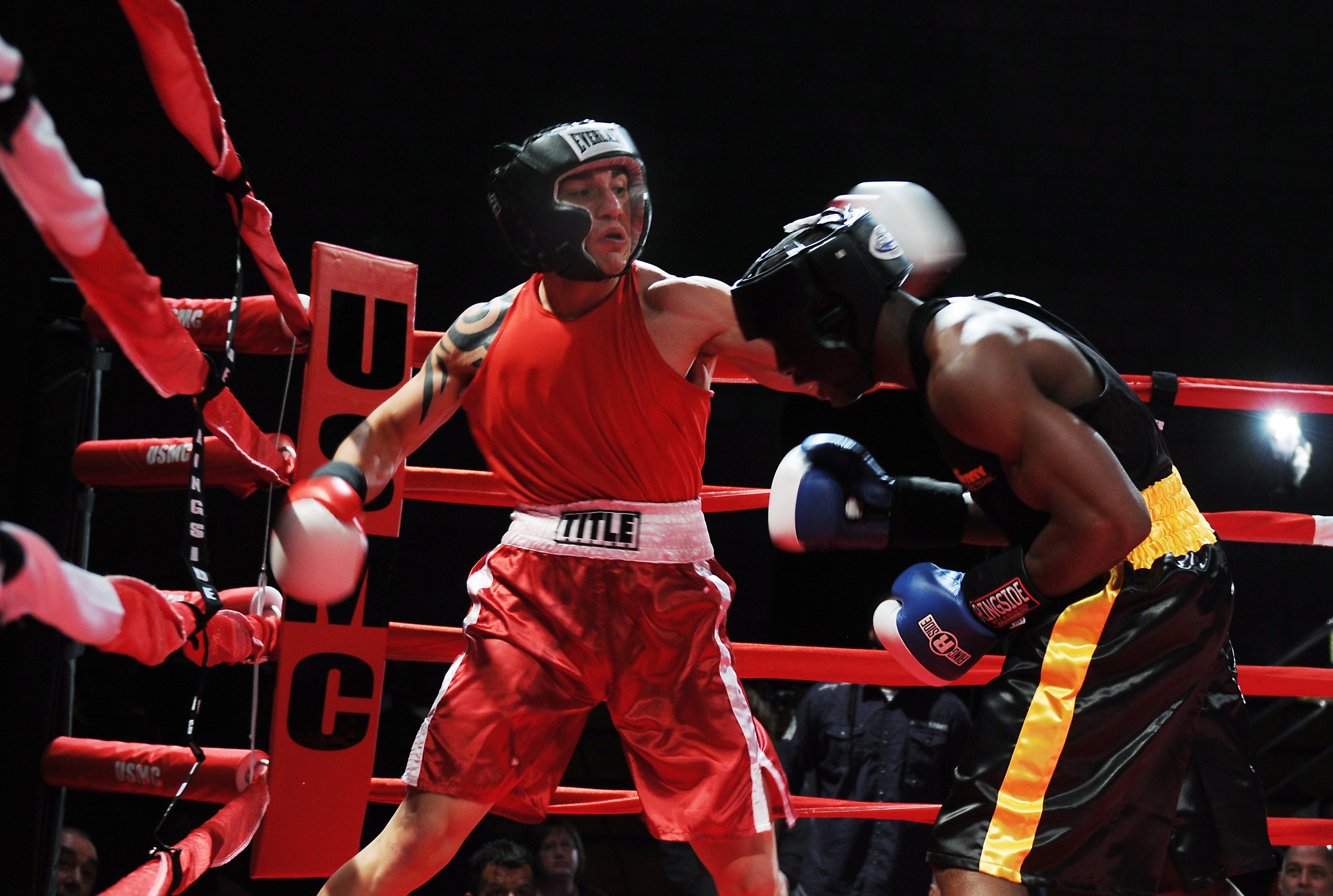
When you want to create a powerful strike, there are three things to keep in mind: speed, mass, and accuracy.
The more mass you use backed by speed, the harder you will hit your designated target.
Speed
To focus first on speed, you can use some boxing techniques to develop it.
Speed bags and double-end bags can be put to good use here. These are designed primarily to improve reflex, hand-eye coordination, and timing.
Mass
Concerning mass, this comes from putting your body weight behind your punch rather than just the weight from your arm. We spoke before about your whole body reacting when you strike.
This is important to remember when building up mass. For instance, the next time you throw across, try to step forward and use your shoulder more. This will help you generate more force.
Accuracy
Having force and speed mean little if your punches don’t land.
If your precision is off by any means, it can not only throw you off-balance, it can cause you to expend any of the energy you just built up. Worse, it can leave you open for a counter.
Double-end bags can help with accuracy as well. Once your aiming improves, you can best direct your punches and better utilize your strength.
Tip 4: Shadow Boxing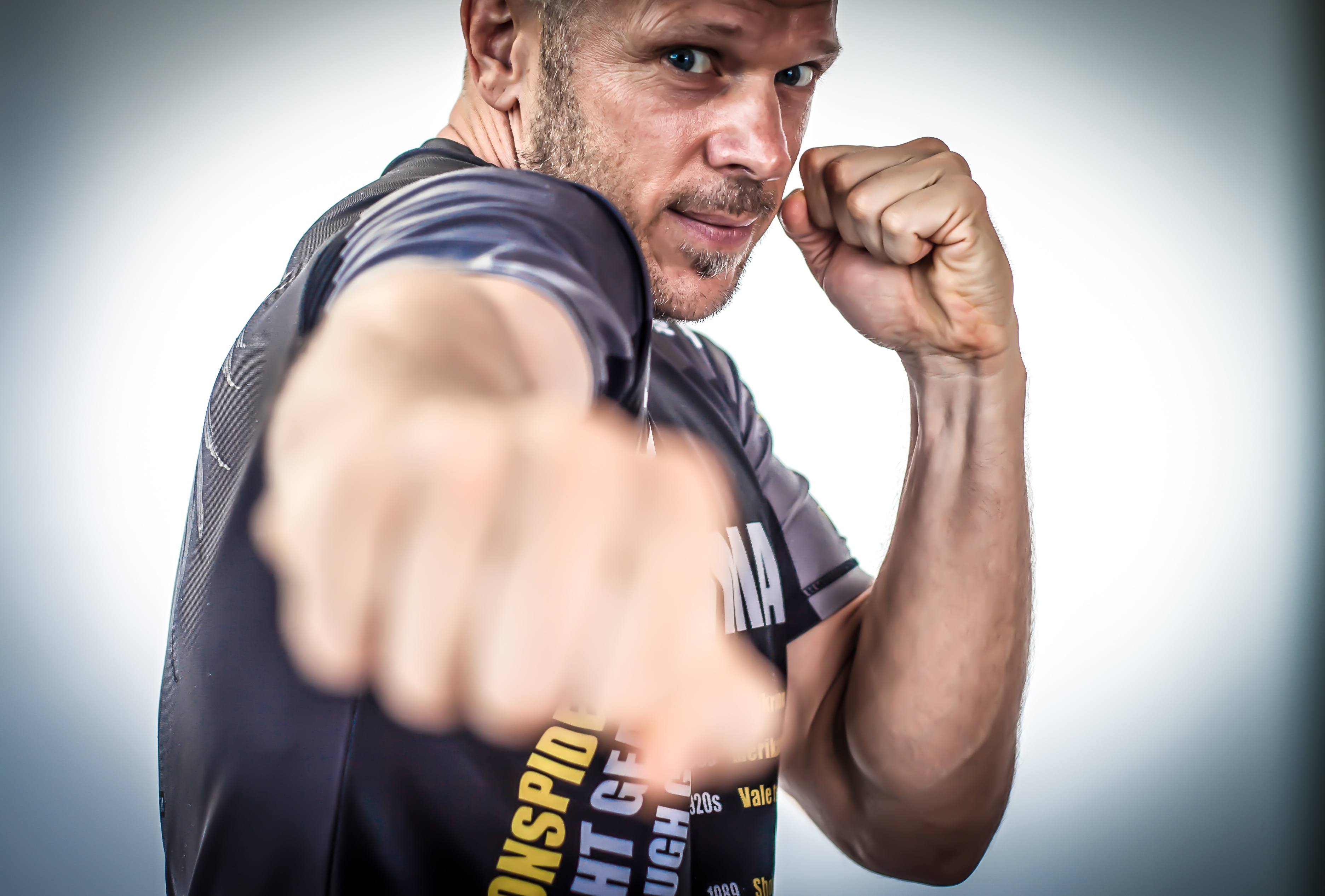
Shadow boxing is something you can see just about every professional boxer doing at some point.
It’s not only a good exercise at practicing footwork and combinations, but it can help develop the muscles in your body that can contribute to the strength behind your punches.
One of the greatest benefits of shadow boxing is that you can swing as hard as you like.
You’re not limited to an opponent or a bag. The harder you push yourself, the harder your muscles work since you are in full control here.
Typically, shadow boxing addresses the muscles in your shoulders, arms, calves, core, etc.
Be sure to remember to move around as though you had an opponent in order to get the proper leg workout.
Pushing all of these muscles contributes to the strength behind your punch.
Consider adding some resistance such as heavy bag gloves for a harder workout.
Tip 5: Exercise, Exercise, Exercise
We’ve talked about using the weight of your body to deliver punches. Before you can do that, you need to develop that strength.
That development comes in properly exercising different areas of your body.
Weight Training
Take caution when doing any weight training. Although that does strengthen your muscles, it only addresses them at a single angle.
This can actually reduce the amount of physical strength you may receive.
Isometric Exercises
It’s why you should think of mixing up weight training with some isometric exercises. A bit of isometric training can help increase muscle strength across all joint angles rather than just one.
For example, the age-old plank. Using proper technique, a plank bridge can help you work the muscles in your core and arms.
Pushups
Various pushups are good at strengthening the muscles in your arms as well. To work the muscles in your back and shoulders, try out some pull-ups, chin-ups, and shoulder presses.
Squats
Squats are another ideal exercise to make good use out of. Whether you perform them solo or with weights, they can be beneficial to your leg muscles as well as address your core and improving your overall balance.
Cardio
We feel that one of the most important exercises to keep in mind is cardio.
Without cardio, you may feel too exhausted to put the right amount of weight and speed behind your punch to deliver the impact you need.
Try to do some exercises that’ll build up your endurance like swimming, cycling, running, etc. To make a better workout out of it, try to do your cardio before you do your strength exercises.
Doing it this way can help you get an idea of where your endurance level is.
Sparring, mitt work, and bag work are all great exercises to help improve your strength, which can teach you how to punch harder.
The key to exercise is variation.
Try not to stick to just one specific exercise as you can overwork yourself or not hone a specific muscle group that you should. Mix things up often to keep your entire body ready to go.
Tip 6: Toughen Your Knuckles and Wrists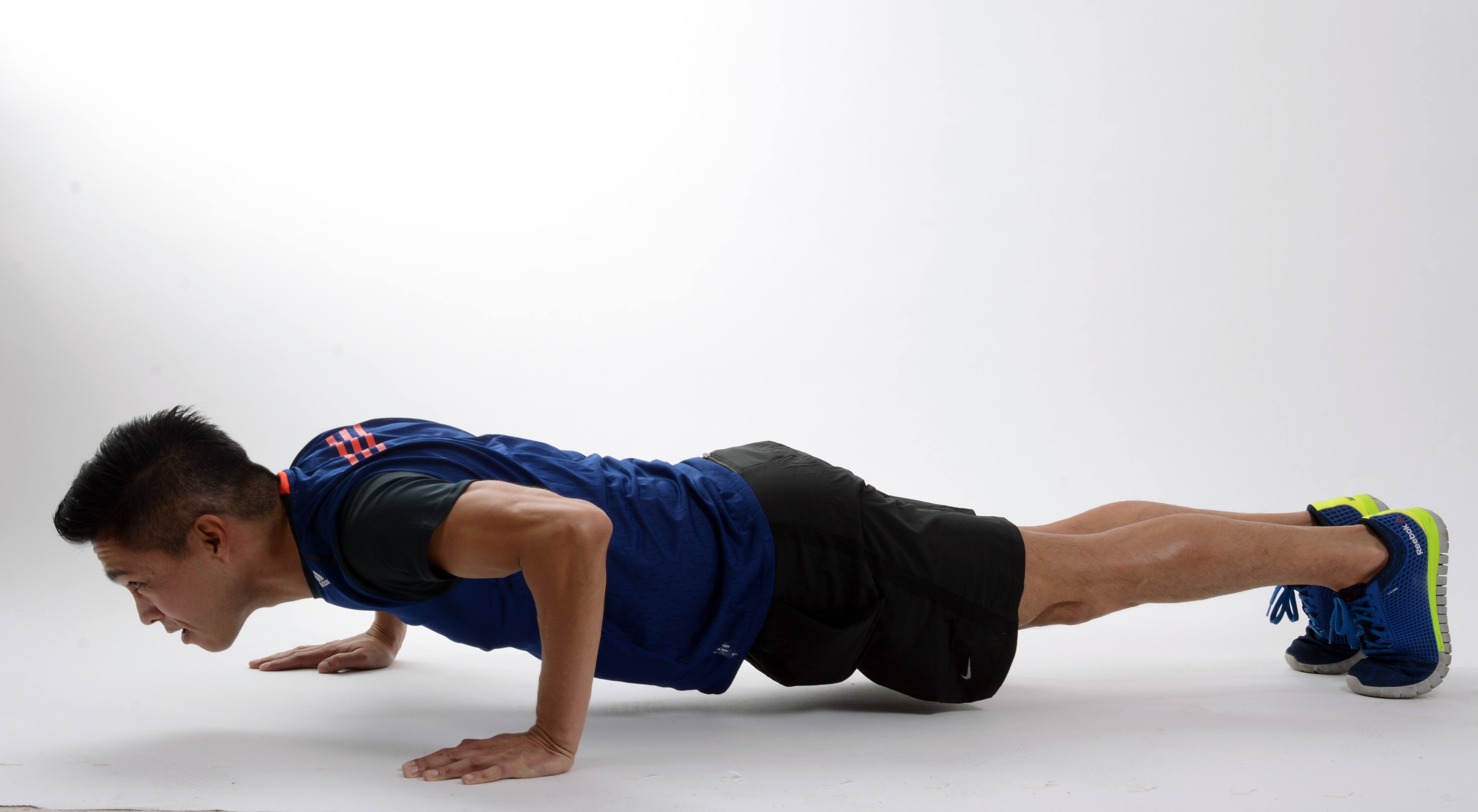
Some of the strength behind your punch is found in the strength in your wrists and knuckles.
A weak hand can produce a weak punch. A weak punch can cause minimal damage to your opponent and more damage to you.
To strengthen your wrists, you can perform a few flexion and extension exercises prior and after exercising. These can help promote flexibility in the joints.
Stretching
Practice good stretching, and to build up some strength, add some resistance through the likes of pushups or weighted exercises with dumbbells.
Punching
Another good way to toughen your wrists is by actually punching. Make use of a speed bag or a heavy bag, but try not to go in too hard at first.
Work your way up to see how much you can handle, and always remember to use the right kind of hand wraps and gloves to prevent injury.
Conditioning
When you think about the knuckles, some professional boxers and trainers may object to conditioning. It depends on personal preference and practice.
Many martial artists such as Muay Thai practitioners tend to condition several parts of their body, for instance. If you do indeed wish to toughen your knuckles, consider the following advice:
To toughen your knuckles, you can perform knuckle pushups. This exercise thickens the skin over the muscles through the formation of calluses.
Tougher skin means they can take more punishment. Knuckle pushups also aid in strengthening your wrists, triceps, and shoulder and chest muscles.
Another exercise is to hit a heavy bag without gloves. Go bare-knuckled or use hand wraps. Either way can help toughen up your knuckles. Always practice proper punching form, however.
Tip 7: Remember to Practice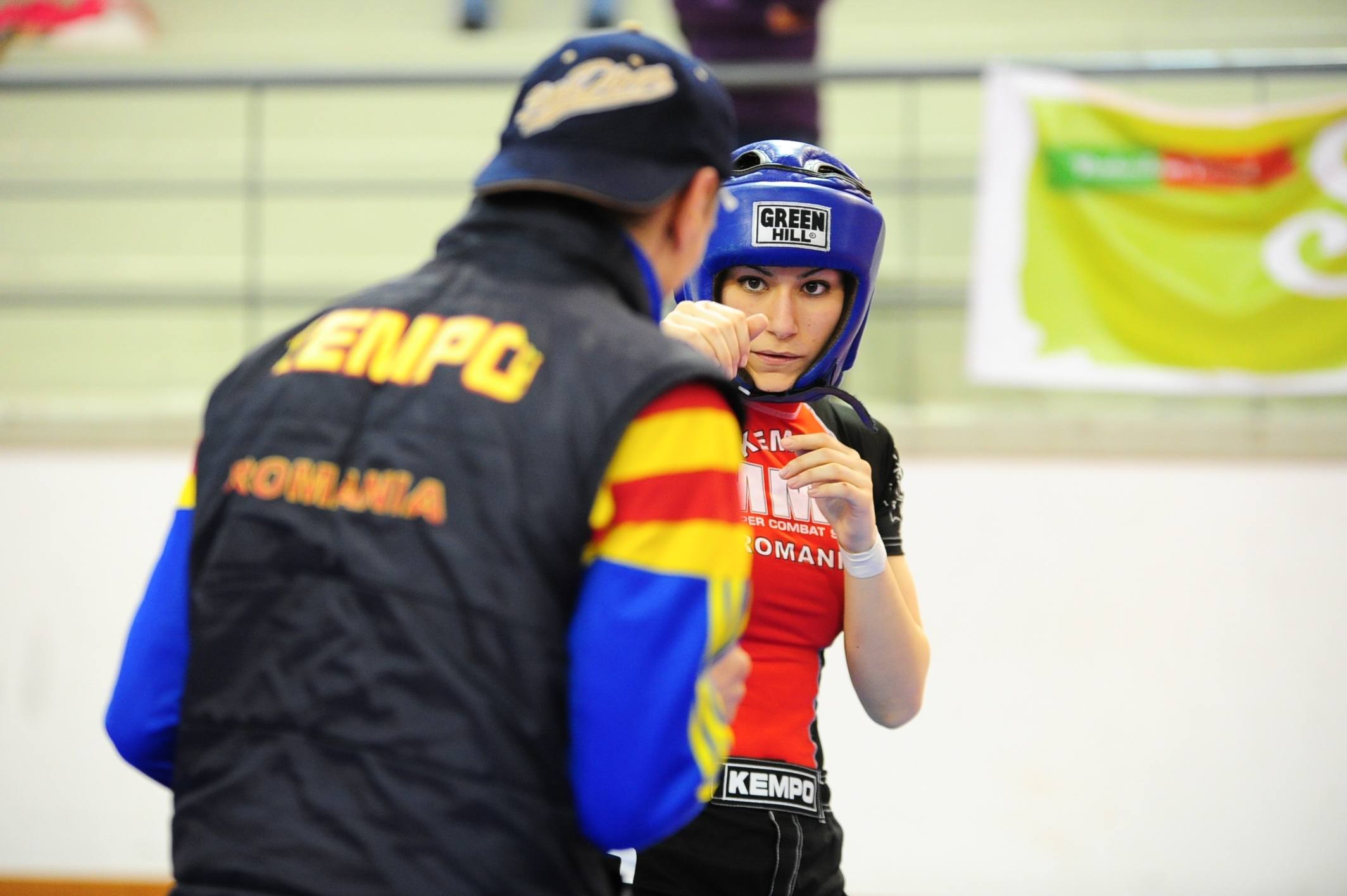
Just like using proper form, a practice may seem like another obvious tip, but it’s a simple one to keep in mind.
Without practice, what good is all the exercising and toughening up your wrists and knuckles?
To know if you actually have the right form, if you’re using your body weight behind your punch, or if you’re building up your endurance and speed, you have to practice.
If you’re alone, the best way to practice is by hitting the bag. Whether it’s a speed bag, double-end, heavy bag, etc., practice your punches.
A bag can give you a good idea if you’re doing things right or not.
Sparring is ideal for practice, however, but only if you can. Practicing against a living opponent can push you to maintain your form, keeping up your endurance, and honing your accuracy.
Conclusion
Following the above tips and tricks can help teach you how to punch harder. They’re simple enough that just about anyone training should be able to learn with little to no difficulty.
Take some time out of your training to put in the specific work mentioned above, and you should see yourself striking with far more force.
Related Posts
Is Aikido effective?
Perfect Muay Thai Clinch – Best Hacks You Should Know
What does OSS (especially in BJJ) mean?
Martial Arts for Fitness: 5 Reasons Why It Works
How Much is Boxing Classes – Quick Review
Top 7 Best Martial Arts For Kids
Top 5 Best Adult Martial Arts
Boxing vs Muay Thai – Which Style is Better?

